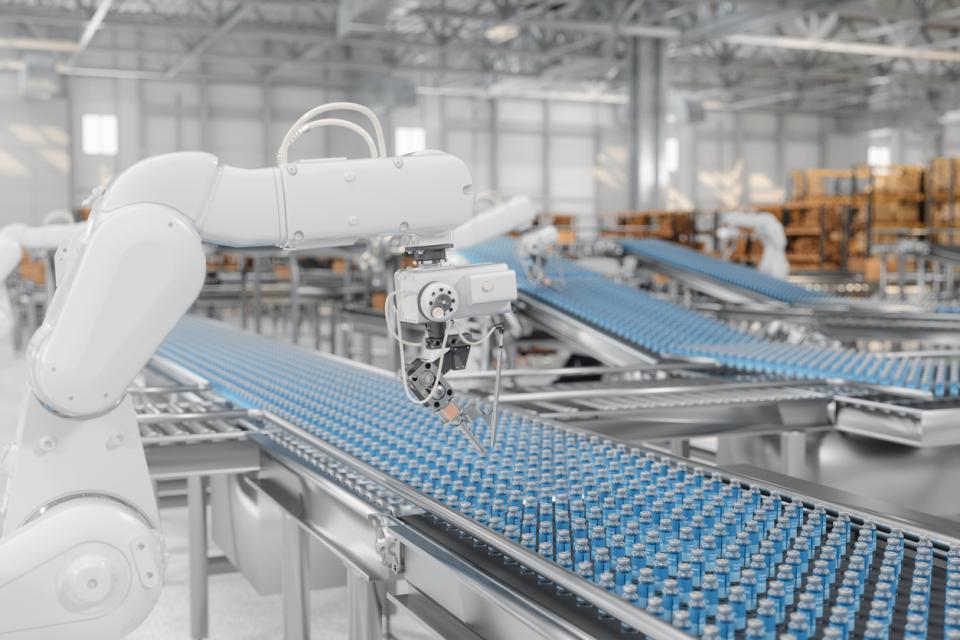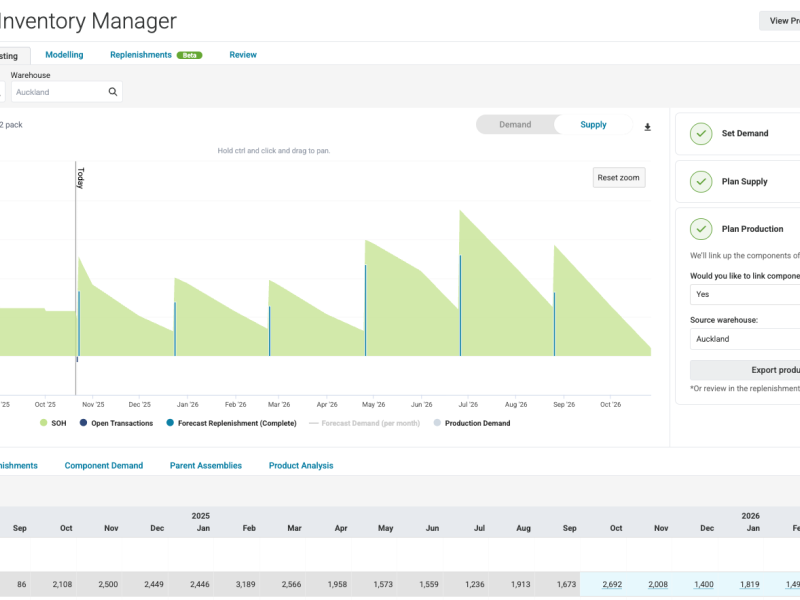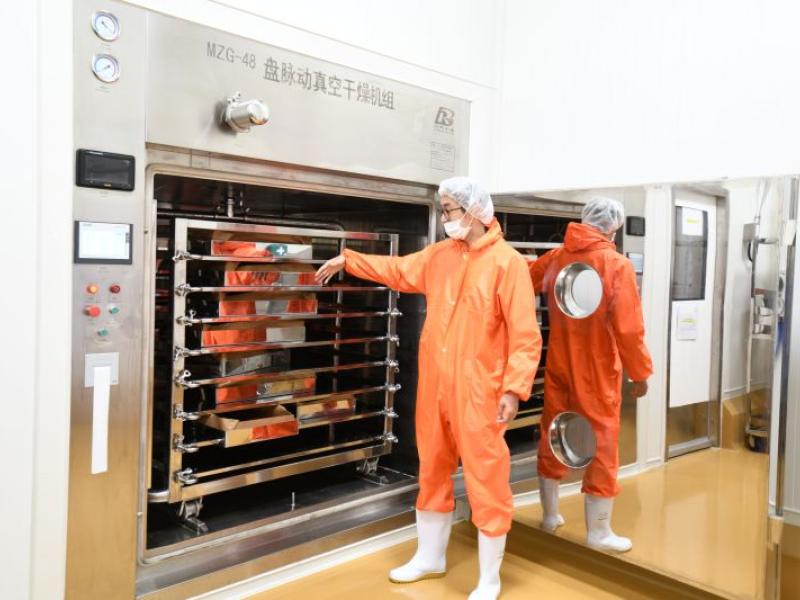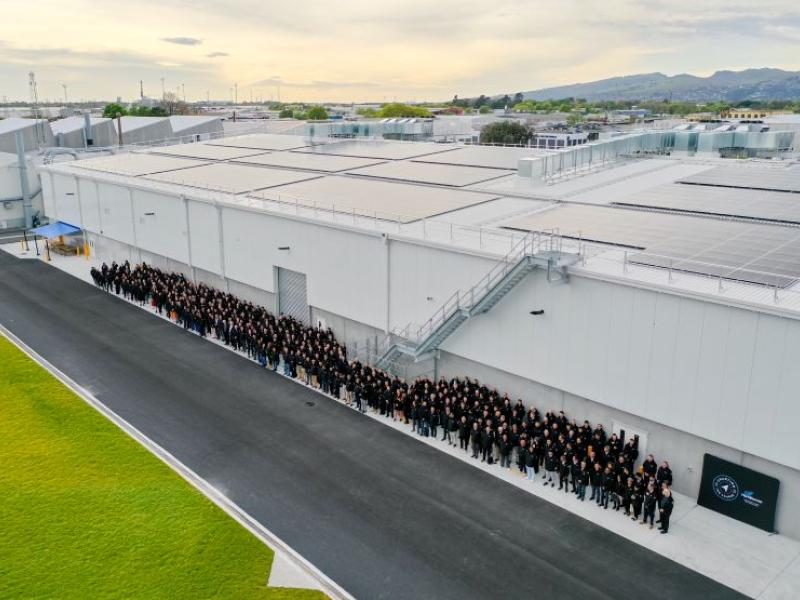Manufacturing runs on tight schedules, requiring precise coordination of materials, machines, and workers to keep production moving. A late delivery or an out-of-stock part slows down everything that follows. A tiny component, such as a fastener or a bracket, can hold up an entire batch of products. The longer production stalls, the more deadlines slip, costs rise, and pressure builds on already stretched resources.
Andrew Mamonitis, APAC vice president of manufacturing, ECI Solutions, said, "Many manufacturers struggle to get a clear picture of what is happening across their operations. Inventory, production schedules, and staffing details often sit in separate systems that don’t talk to each other. This lack of visibility makes it hard to plan and, instead of spotting potential problems early, manufacturers end up reacting to issues as they arise. Some rely on manual workarounds; however, this only creates more room for error. Over time, minor inefficiencies stack up, cutting into margins and slowing production."
Old habits and outdated planning methods make the problem worse. Many manufacturers stick with what they know, even when their processes no longer meet the needs of their growing business. Some hesitate to update systems because they worry about the cost or the hassle of switching. Others assume automation will complicate things rather than simplify them. In reality, failing to address these gaps creates bigger problems down the line.
Enterprise resource planning (ERP) systems solve many of these challenges by giving manufacturers a complete view of their operations. A centralised system connects inventory, production schedules, and resource planning in one place. This means teams can track stock levels, monitor orders, and adjust production timelines in real time without scrambling for information across multiple systems. Instead of reacting to shortages, businesses can spot them early and prevent disruptions before they happen.
Andrew Mamonitis said, "Many manufacturers have valuable data sitting in different systems; however, struggle to use it. ERP platforms turn scattered information into insights that help businesses make better decisions. A company might have years of production history yet without the right tools, that data remains unused. An ERP system makes it easier to track trends, anticipate demand, and adjust stock levels before shortages or excess inventory become a problem."
Production planning also becomes more precise. Modern ERP systems help businesses schedule materials, machines, and staff based on real-time conditions rather than outdated reports. Automating these processes removes guesswork and reduces the risk of bottlenecks that slow production. Instead of chasing missing parts or reacting to delays, manufacturers can focus on keeping operations running smoothly.
Andrew Mamonitis said, "Upgrading to a new ERP system is more than just installing software. Many employees resist change, especially if they have used the same processes for years. Some worry that making things more efficient will lead to job losses. The reality is that better planning helps manufacturers grow and create more jobs. The key to a smooth transition is training and support so employees feel confident using the system.
"However, setting up an ERP system is only the beginning. Many businesses install it once and never update it, leaving settings that no longer fit how they work. As manufacturers grow, their systems need to grow with them. Keeping an ERP system up to date helps them plan better, avoid delays, and control costs. A clear view of stock and schedules helps manufacturers stay on track, avoid disruptions, keep production moving, and, most importantly, lay the groundwork for long-term growth and success."






